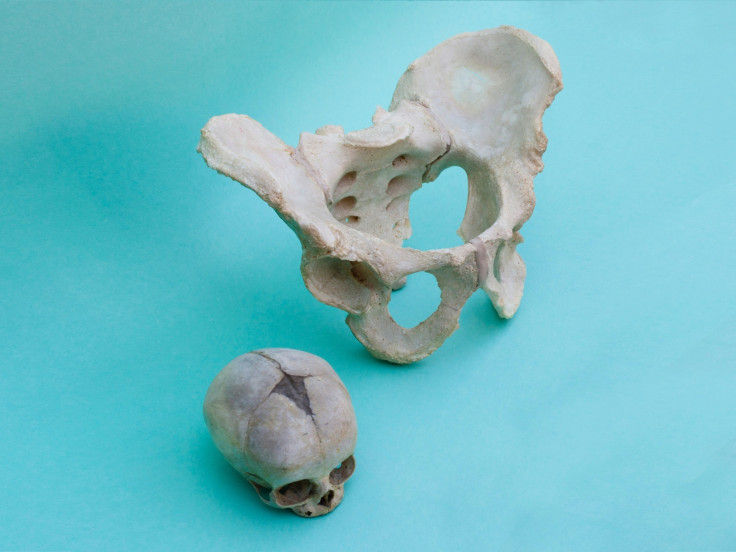Women have not evolved wider pelvises for childbirth – but its shape and head sizes have

Women have not evolved wider pelvises despite it being difficult and dangerous to give birth – yet they may have developed some physical features that help during labour.
Barbara Fischer, from the University of Oslo, has found a link between pelvis shape and statue and head circumference of both baby and mother.
Publishing her findings in the Proceedings of the National Academy of Sciences, Fischer said it is puzzling that females have not evolved wider pelvises despite high maternal mortality, so there must be some other advantage having narrower hips gives us that we do not yet know of.
She notes that the tight fit of the human baby through the narrow birth canal makes childbirth very difficult. However, dimensions of the head, stature and pelvis are linked in a way not previously recognised that could make the process easier.
"We show that females with a large head possess a birth canal that can better accommodate large-headed neonates," the authors wrote. "Because mothers with large heads usually give birth to neonates with large heads, the detected pattern of covariation contributes to ease childbirth and has likely evolved in response to strong selection."
The findings showed that women with large heads also have birth canals that are shaped to better accommodate large-headed babies. They added: "We suggest that these covariances have evolved by the strong correlational selection resulting from childbirth."

Speaking to IBTimes UK, Fischer said the link might not have been identified before because researchers tend to focus on individual women, rather than looking at the bigger picture and statistical association.
She also said their findings do not – at present – provide any immediately relative information for predicting caesareans or birth problems.
"I found it so puzzling that this dilemma still exists," Fischer said. "Humans are relatively young compared to other species, but we've still had 150,000 years since we got our modern morphology so why is obstetric dilemma still there? It's really weird, all these women with too narrow they've died through human evolution. You would assume that only women with wide pelvises are left, but that's not the case."
Fischer said that in industrialised countries, we have removed (to some extent) natural selection because of medical intervention – so women with narrow hips do not die any more because of their morphology. But this is not the case everywhere. She said: "There are still quite high mortality connected to childbirth. There are still a lot of women dying in developing countries during labour."
Explaining what she plans to do with the findings, Fischer said she would like to find out what changes we might see in the future, as well as the evolutionary reason as to why women do not have wider hips.

She said: "One question that puzzles me is if we are going to see further changes in the future, is it going to get easier with birth and what are the forces that push in the other direction? What are the selective pressures that really make our pelvises narrower?
"There must be a major disadvantage for having a much wider pelvis but no one has really looked into that. There are a few hypothesis – people think there would be problems with locomotion, but a couple of centimetres in the birth canal wouldn't matter so much I would guess.
"We know that men can run faster, for example, but in evolution this advantage for narrower hips must have been so huge that they outweigh the disadvantages that are there from childbirth. There must be something we haven't quite understood yet that forces us into this body shape we have."
Concluding, the study said: "The human pelvis must serve two conflicting purposes: childbirth and bipedal locomotion. Pelvic morphology is therefore exposed to different selection pressures in males and females, which led to the well-known sexual dimorphism in human pelvis shape.
"The optimal compromise solution for pelvis shape may thus not be uniform within a population but may rather depend on stature and head size. Integration of pelvis shape with stature and head size would therefore reduce the frequency of obstructed labour and increase the human population's mean fitness."
© Copyright IBTimes 2025. All rights reserved.






















